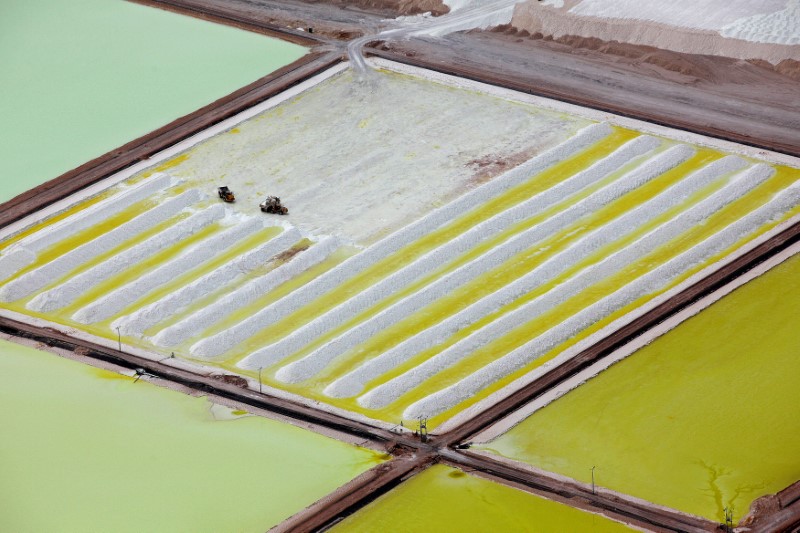Stelar Metals Ltd (ASX:SLB) is building a series of strong hard-rock lithium pegmatite targets at the Trident Lithium Project in Far West New South Wales to be tested in a drilling campaign later this year.
Rock chip samples from the Sceptre Pegmatite all returned between 4.6% and 7.6% lithium, while three samples from the Lady Don Pegmatite returned results of between 5.2% and 7.9% lithium, all exceptionally high grade.
Lithium is generally considered high-grade when it reaches concentrations of 1%, meaning these rock chip samples from the project near the traditional mining centre of Broken Hill are particularly promising.
So far, mapped pegmatites vary in size but have been observed to be up to 100 metres wide and over 1 kilometre in length – they were historically mined for lithium and tin at one of the first lithium mining provinces in Australia.
New rock chip assays
Intertek Laboratory has finished analysing Stelar’s second set of reconnaissance rock chip samples, collected from historical pegmatite mines at the Trident Lithium Project’s Trident, Sceptre, Lady Don and Ormond pegmatites, although results from Ormond were unimpressive.
Best results included:
- Trident - 3.44% lithium;
- Sceptre - 7.56% lithium; and
- Lady Don - 7.86% lithium.
Trident, Sceptre, Lady Don and Ormond rock-chip and soil sampling on updated geological mapping.
SLB’s latest round of mapping and reconnaissance also identified more large, zoned lithium-caesium-tantalum (LCT) pegmatites to the west and north of the current (southern) area being sampled.
In response, Stelar has expanded its environmental studies over the additional areas to include the new pegmatites in a drilling application to be lodged later this week and undertaken later this year.
